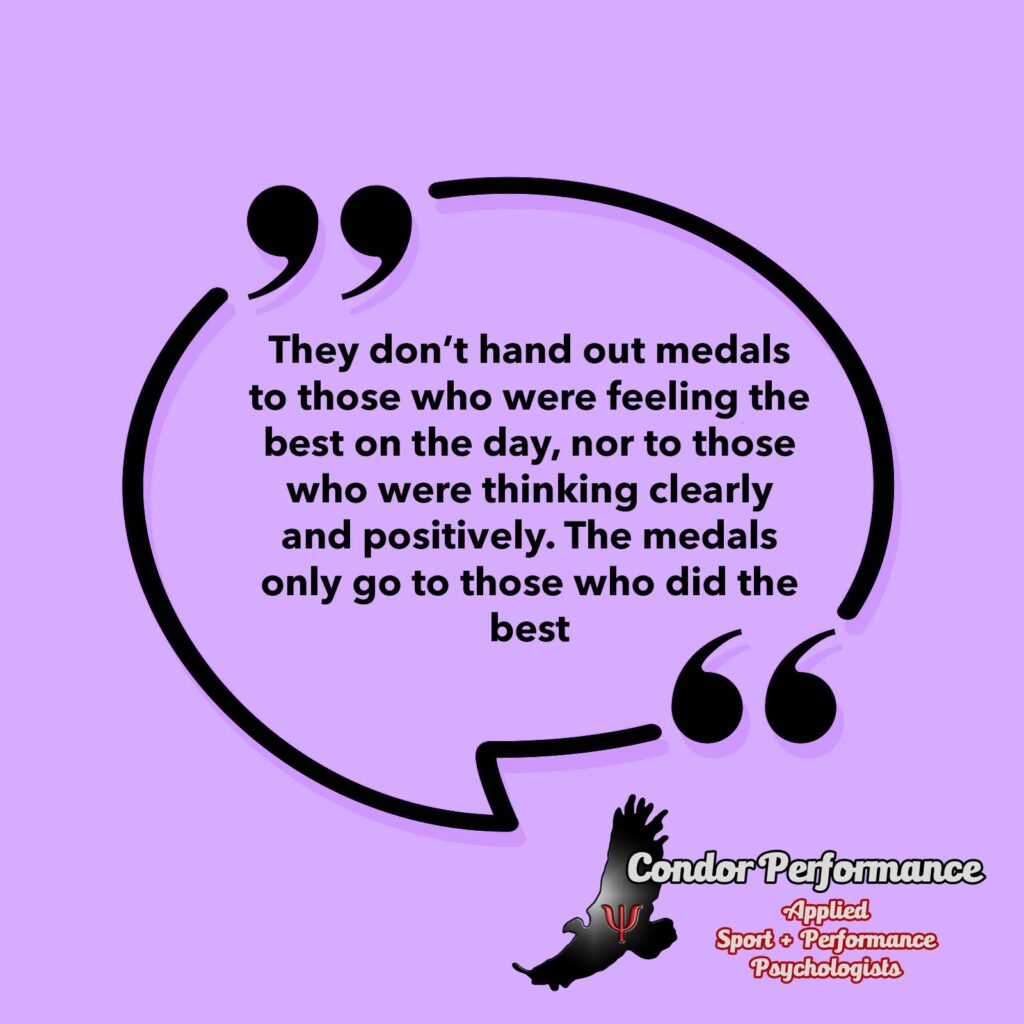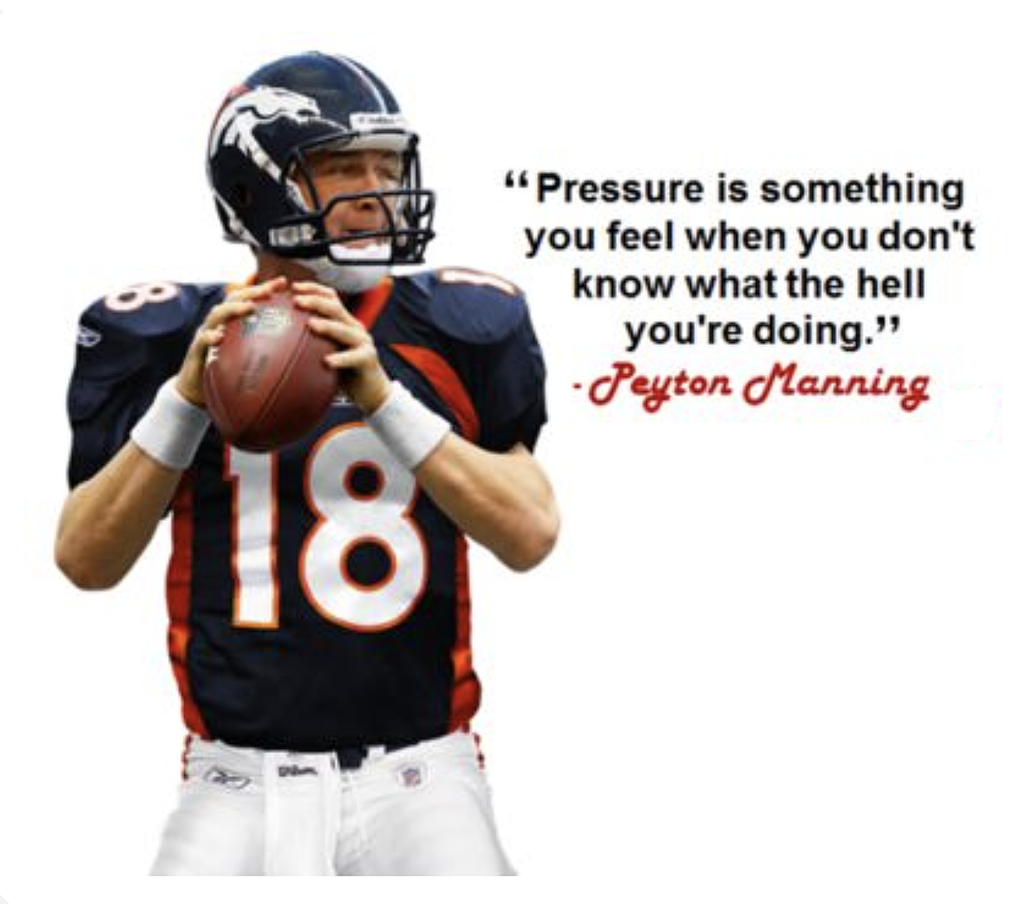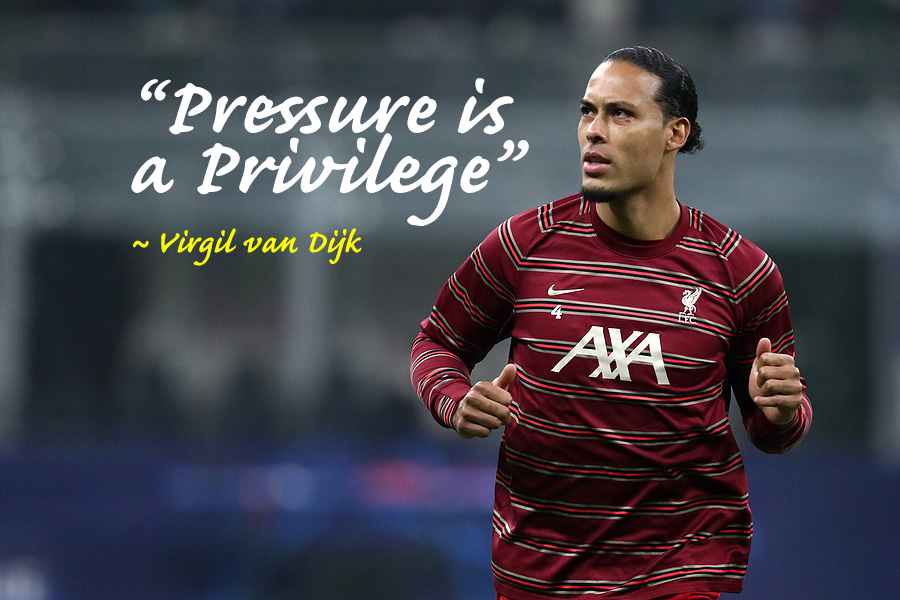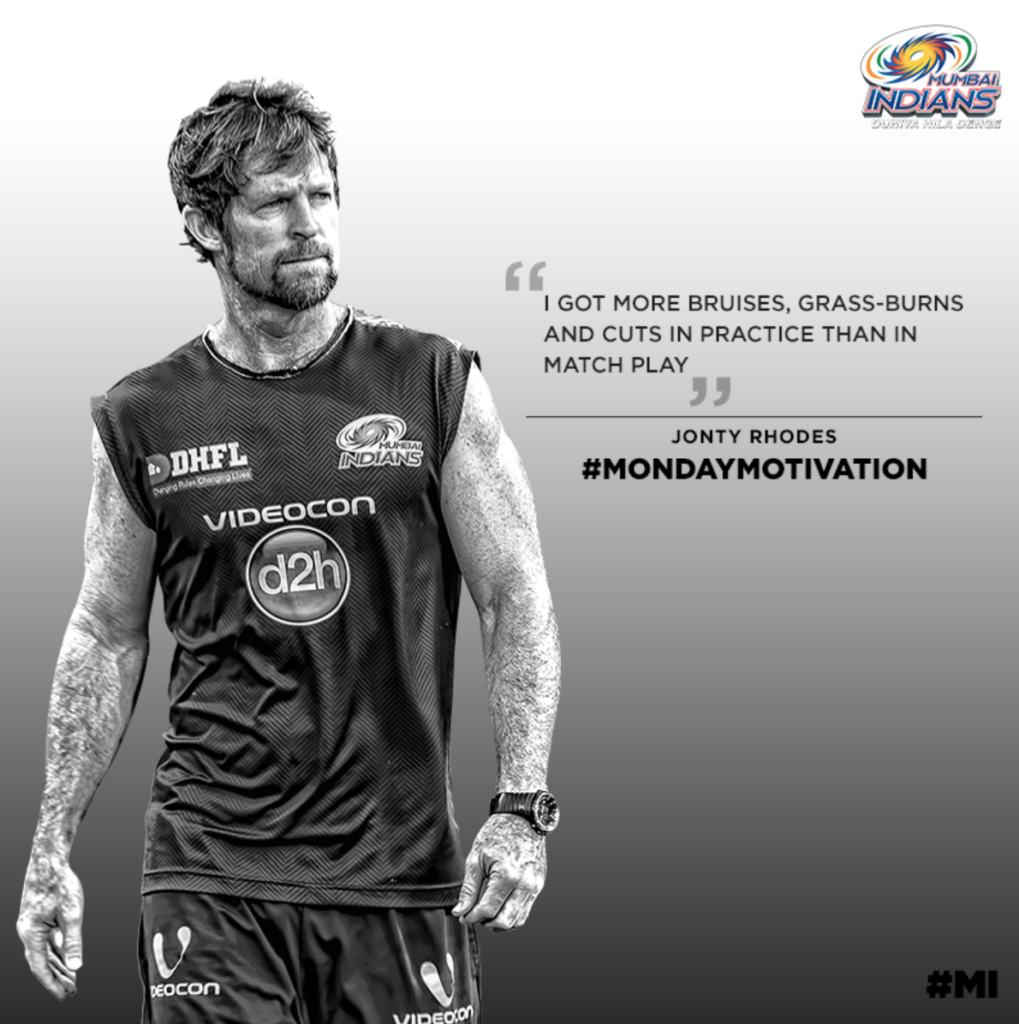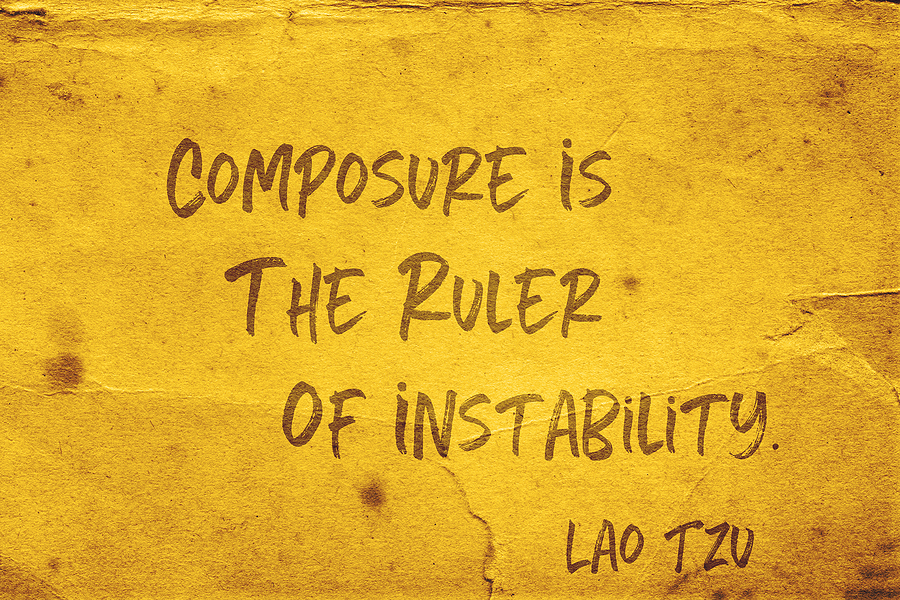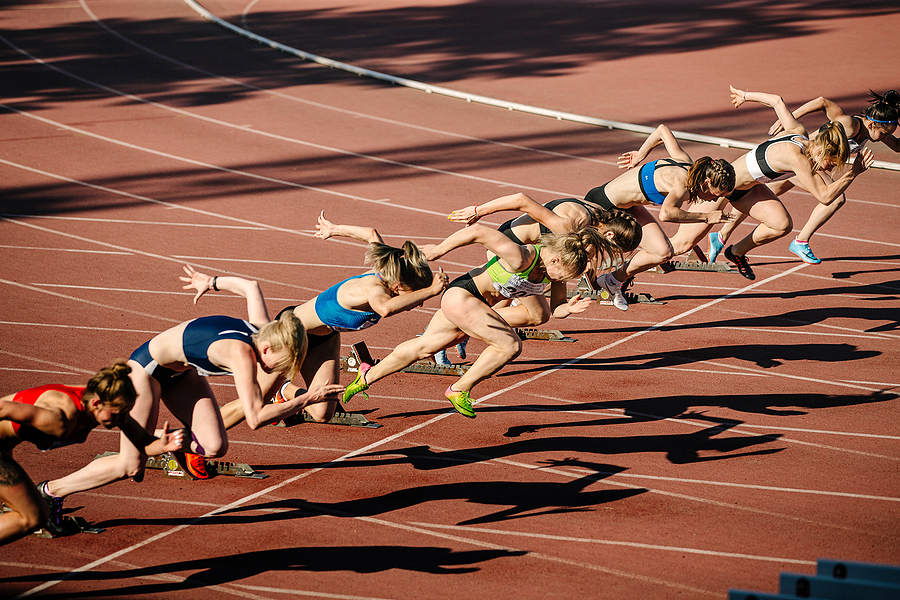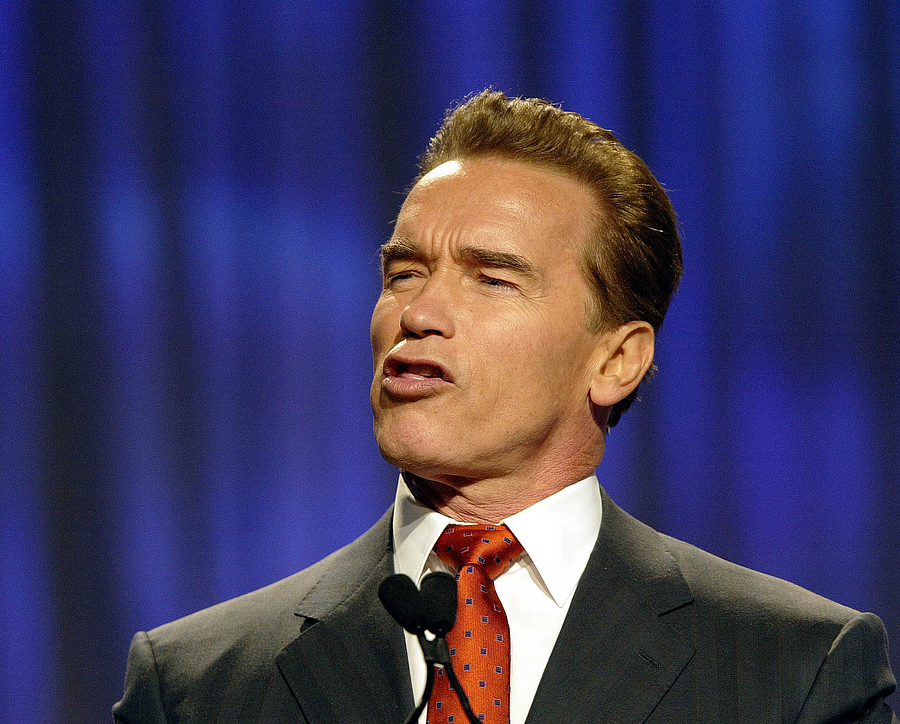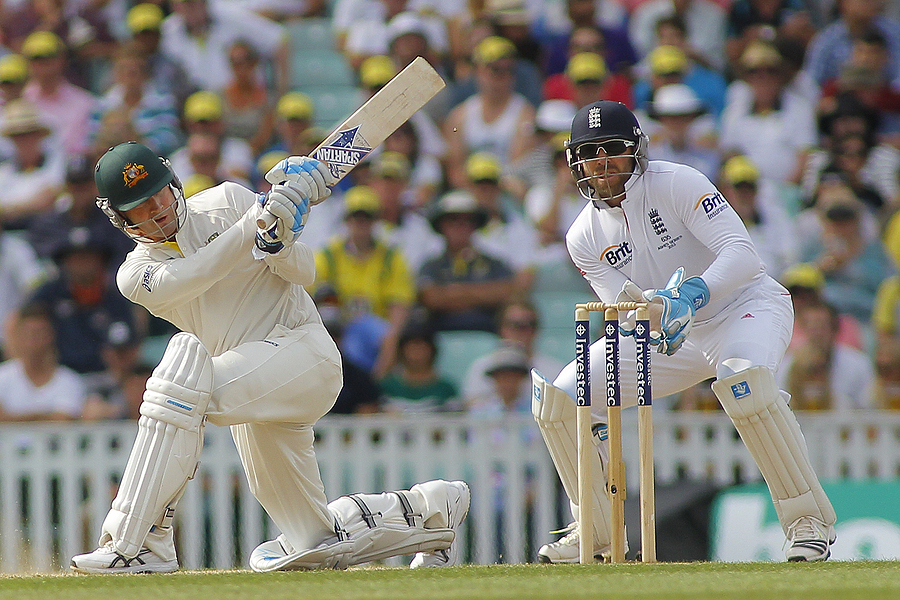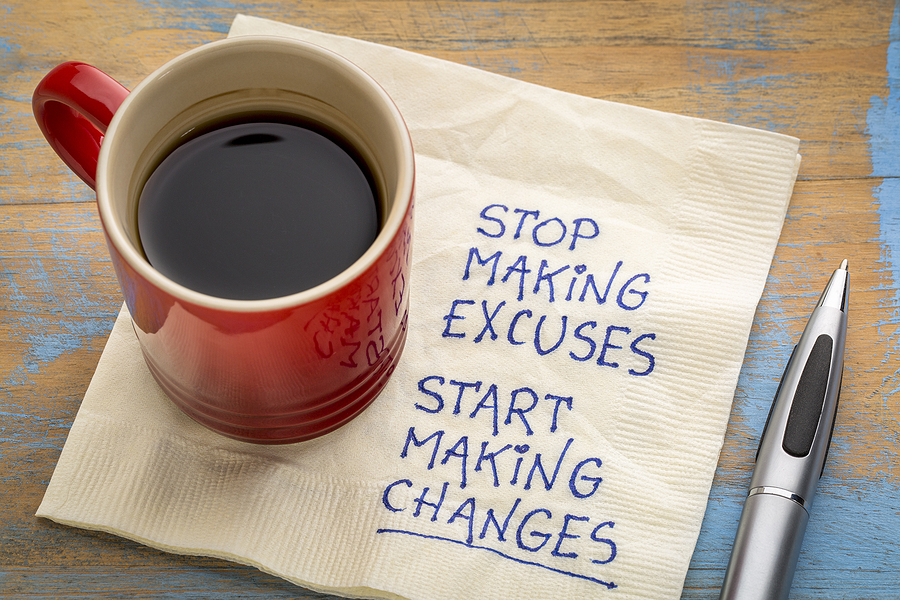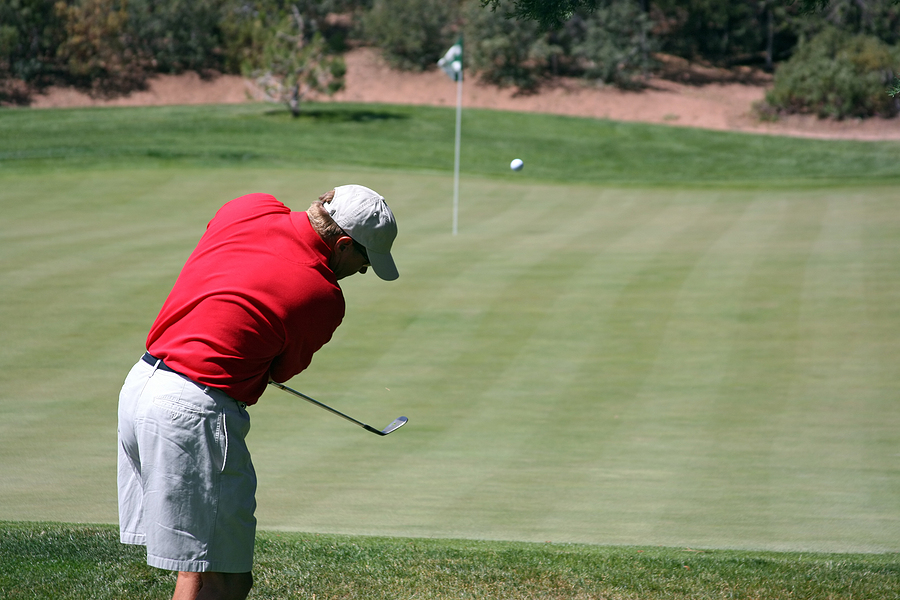
26 Free Sport Psychology Ideas
Although sport psychology can be a complex and quickly evolving field, it can still allow for some “quick wins”. With this in mind, please enjoy these Sport Psychology Tips and don’t forget to add your comments below!
A is for Attitude
It may be surprising, but as sports and performance psychologists, we don’t often refer to attitude. Attitude is just one of many types of human cognition. When a coach refers to an athlete as having ‘the right attitude,’ he or she is probably suggesting that this athlete’s values and beliefs are in line with their own.
For example, both might regard sporting results as important, but not as important as hard work and effort. The most interesting aspect of attitude is that it is often assessed via observations (e.g., a coach watching an athlete in training). Due to this, it is probably body language that is actually being appraised. Attitude, if we take the term literally, is not directly observable as it occurs inside the mind.
B is for Body Language
Body language is a fascinating area of performance psychology. Research suggests that it dominates how we communicate compared to the words we use. In sporting contexts, this makes even more sense, as it is quite normal for there to be little or no verbal communication. With maybe the exception of the captains or leaders of sporting teams, most athletes of most sports don’t say very much during both training and competition.
For this majority, communicating with teammates or opponents involves the body. By the body, we mean the entire body, from facial expressions to posture to hand gestures and everything in between. How do you improve body language? I suggest starting out by filming yourself in a variety of situations and then watching it back with the sound off.
C is for Consistency
Sometimes, we refer to consistency as ‘the holy grail’ of competitive sport. As our colleague Chris Pomfret explains in this extensive blog, improved consistency is really just the consequence of taking the mental side of your sport seriously.
D is for Determination
Determination is very similar to the mental concept of motivation, without being a synonym. Motivation is more about enthusiasm, enjoyment, desire and dreams. Determination might be a good word to refer to the actions we continue with when the enthusiasm for our sport is not there. One of the most common examples is when the scoreboard is not in your favour (no way to win with time remaining). Yet, despite this, you decide to preserve anyway. This is an excellent example of sporting determination.
E is for Enjoyment
The enjoyment we’re referring to in this instance is the kind that most kids tend to have towards their sport before it becomes ‘serious’—the fun of chasing the ball more than getting to it first. The issue is that this enjoyment tends to dissipate once the stakes increase. Many sporting coaches become far too intense during competitions due to a lack of sport psychology training during their accreditation. This is one of the many reasons we have always wanted to work 1-on-1 with sporting coaches.
F is for Focus
Learning to improve focus is one of the easier mental skills. It boils down to knowing when and how to switch on and practising this like any other skill. There are many great examples of how to do this, but short performance routines are often the best mental skill.
There is no getting away from the fact that training the mind is always going to be a trickier mountain to climb due to the investable nature of what we’re targeting for improvement, such as focus.
G is for Grit
Grit has gained considerable momentum recently, mainly due to Angela Duckworth’s work (see YouTube video below):
H is for Hard Work
There is simply no substitute for hard work.
I is for Influence
Knowing the amount of influence you have on some of the more common aspects of your sport (or performance areas) is mighty useful. A great little exercise you can do is to start a simple three-column table. The heading of the first column is ‘Lots of Influence’, for the second write “Some Influence”, and for the final one label it “Little Influence”.
Now, start filling in the table with whatever comes to mind. For example, you might be spending a lot of time thinking about an upcoming competition, combined with memories of how you did at the same venue last year. So, you might decide to put the Future in the middle column and the past in the right-hand column, for instance.
J is for Junior Sport
If I were in charge of sports in a particular state or country, I would flip funding so that the vast majority of resources went into the junior or developmental side of sports. In other words, the best coaches, equipment, and facilities normally only accessible to the top 0.1% of athletes would be diverted to athletes under the age of 16.
For example, those regarded as the best coaches, like Wayne Bennett in rugby league, would be invited to coach junior players instead. I would ensure that whatever position was created for this had the same or greater salary as top-flight professional coaches.
K is for Keeping Going
Maybe the most powerful cue words in sport. Your mind will virtually always quit on you before your body does. Tell it to Keep Going and see what happens.
L is for Learning
There is a reason why some of the best sporting coaches of all time – for example, Jake White – are former teachers. They treat the performance enhancement process as one long learning experience for themselves and their players. The most appealing aspect of this angle is that poor performances are used as learning opportunities. Errors, for example, are considered invaluable elements of feedback – data that can be used to inform better choices moving forward.
M is for Monitoring
You’re missing out if you are not monitoring at least one aspect of your endeavours. At Condor Performance, we encourage our sporting and non-sporting clients to record one or more “monthly checks”. As detailed in this recent blog post, these monthly checks are like our key performance indicators. As long as you know the correct number of monthly checks to monitor (not too many) and your influence on each of these results (not as much as you think), self-monitoring has zero downsides and plenty of upsides.
N is for Numbers
Whether you like it or not, competitive sport – especially at the elite level – is full of numbers. Certain sports, like cricket and baseball, are so mathematical that the coaches of these sports would be forgiven for thinking of themselves more like statisticians from time to time. This is one of the reasons we encourage our monthly clients to monitor their progress – to allow them to function and even thrive in a results-oriented world. The other reasons for monitoring have already been mentioned above in the M.
O is for Objectivity
Both the M and the N above help with objectivity, but alone, might not be enough. Objectively is roughly the opposite of subjectively, with the latter being heavy on opinions, and the former much more based on facts. For example, it’s standard for athletes and coaches to assess past performances based primarily (or only) on memory or, even worse, on the final result. This is highly subjective, and a bit like any human pursuit, we’d want to be careful about how much of our analysis is subjective. Objective analysis – for example, the number of missed tackles – will be more valuable as the numbers don’t lie.
This is not true – numbers can lie, but opinions are less likely to do so.
P is for Pressure
‘Pressure’ is one of the most fascinating aspects of sport psychology. For a start, it’s 100% internal – a feeling with very real physiological sensations – a little bit like hunger. Because it’s going on inside, it’s less tangible and therefore harder to manage. First, it’s imperative not to consider pressure as good or bad. Let me use hunger to explain. For most of us, hunger is simply a signal to go and eat something. Once we do, the hunger goes away. The food that alleviates pressure is practice. That’s right, high-quality practice is like a pile of organic veggies.
Of course, there is also a benefit to learning to deal with hunger/pressure if no food or practice is available. By far, the best way to do this—in my opinion—is to work with a qualified sport/performance psychologist like one of our team members.
Q is for Quantity and Quality
This is how we break down practice or effort. Quantity is ‘how much’ and wants to be the right amount. Quality is’ how good’ and wants to be as high as possible. We often find it useful to multiply these together. For example, if the highest score for each is 10, then combined, the highest score is 100.
What number did your last training session get?
R is for Routines
See my recent blog post for a full breakdown of routines, which are crucial mental skills for many start-stop sports.
S is for Stigma
There are still many people out there whose beliefs about what sports psychologists or performance psychologists do get in the way of us being able to help them. The stigma comes from the word ‘psychologist’, which too many people still associate with having some mental problem. The general premise that working with a psychologist is a sign of weakness must be broken. A band-aid solution is to refer to ourselves as a coach, performance coaches, or mental skills trainers instead. The issue with this is that it doesn’t help to remove the stigma. Also, it seems a pity not to be able to use the title of psychologist, which took us seven or so years to earn.
T is for Time Management
Being able to manage your own time, your needs, and your wants is one of the most underrated of all mental skills. I work with a LOT of young elite athletes (teenagers on track to be the world’s best in their chosen sport); on the whole, they come to me with poor or non-existent time management skills. Sometimes, a simple suggestion like buying a $5 diary to start recording upcoming commitments can do wonders in terms of accountability, planning, knowing when to say ‘no’ or ‘yes’ to invitations and moving their mindset more towards effort and further from results. For more on Time Management, see this separate post.
U is for Unity
Whole article on this one here! Oh, and another one!
V is for Values, and W is for Why
Our values and beliefs guide our thoughts, so if you’d like to update your daily thought processes, then it can be a good idea to think about your values. By values, we mean what you consider to be valuable or important. A nice little exercise to get the ball rolling is listing everything you consider essential in your life and why. For example, you might write ‘8 hours of sleep a night’ and follow that with ‘because it helps me get the most out of various training sessions the following day’—the ‘why’ part is crucial, linking our endeavours to our internal motivation.
X is for eXcellence
Are you striving for excellence? Do you want to become excellent at what you do? How would you define and measure excellence? Is your training excellence? Do you know how to increase your chances of becoming the best possible athlete or coach you can be? For most athletes and performers, especially at the pointy end, this requires some help from the experts. Click here to book a 15-minute Webcam meeting with one of our New Enquiries Officers.
Y is for Yourself
One of the best ways of helping others is to look after yourself first.
Z is for Zest
Zest is one of the traits we look for when we interview psychologists looking to join our team of sports and performance psychologists. Do they have a passion for sports and helping athletes and coaches become better versions of themselves? If not, getting up at 5 a.m. to deliver a Zoom session to a monthly client from another country might just prove to be too hard. Info for psychologists wanting to join our team can be found here.

